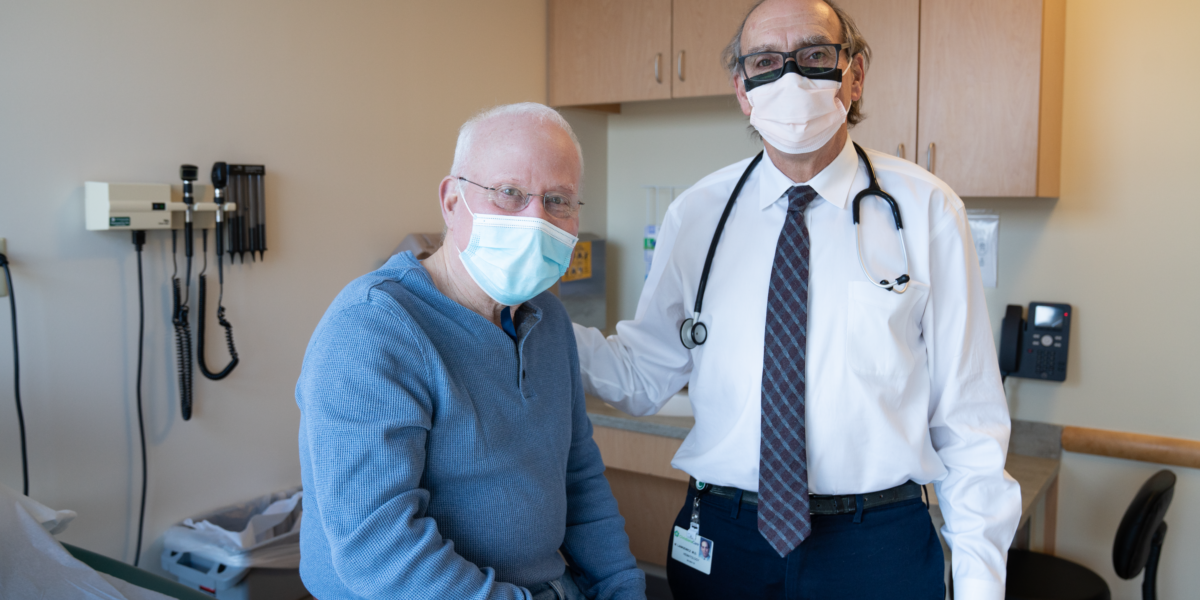Login
FAQs and Documents
Hip Replacement FAQs and Documents
Answers to the most common questions about hip replacement surgery.
Frequently Asked Questions About Hip Replacement
In the hip joint there is a layer of smooth cartilage on the ball of the upper end of the thigh bone (femur) and another layer within the hip socket. This cartilage serves as a cushion and allows for smooth motion of the hip. Arthritis is a wearing away of this cartilage. Eventually it wears down to bone. Rubbing of bone against bone causes discomfort, swelling and stiffness.
A total hip replacement is an operation that removes the arthritic ball of the upper thigh bone (femur) as well as damaged cartilage from the hip socket. The ball is replaced with a metal ball that is fixed solidly inside the femur. The socket is replaced with a plastic liner that is usually fixed inside a metal shell. This creates a smoothly functioning joint that does not hurt.
Your orthopaedic surgeon will decide if you are a candidate for the surgery. This will be based on your history, an examination and X-rays. Your orthopaedic surgeon will ask you to decide if your discomfort, stiffness and disability justify undergoing surgery. There is no harm in waiting if conservative, non-operative methods are controlling your discomfort.
Most surgeries go well without any complications. Infection and blood clots are two serious complications that concern us the most. To avoid these complications, we use antibiotics and blood thinners. We also take special precautions in the operating room to reduce risk of infections. The chances of this happening in your lifetime are 1 percent or less. Dislocation of the hip after surgery is a risk. Your surgeon and physical therapist will discuss ways to reduce that risk.
Yes. You will start with a walker until your muscle strength returns after surgery. Your outpatient physical therapist will advance you to a cane when appropriate. Your equipment needs will be determined by the physical therapist and ordered for you by the Center for Advanced Joint Replacement care coordinator and delivered to you before you leave the hospital.
After hip-replacement surgery, you may need a high toilet seat for a period of time following surgery. If needed, you will also be taught by the occupational therapist to use adaptive equipment to help you with lower body dressing and bathing. You might also benefit from a bath seat or grab bars in the bathroom. Your home equipment needs are discussed during your pre-operative interview with the care coordinator.
Yes. In the first several days or weeks after surgery, depending on your progress, you will need someone to assist you with meal preparation, housekeeping, etc. Family members or friends must be available to help. Preparing ahead of time, before your surgery, can minimize the amount of help required. Having the laundry done, house cleaned, yard work completed, clean linens put on the bed, and single-portion frozen meals will reduce the need for extra help.
Yes. Physical therapy will continue after you go home with a therapist in your home or at an outpatient physical therapy facility. The length of time required for this type of therapy varies with each patient. We will help you with these arrangements before you go home.
The ability to drive depends on whether surgery was on your right hip or your left hip and the type of car you have. If the surgery was on your left hip and you have an automatic transmission, you could be driving within two weeks. If the surgery was on your right hip, your driving could be restricted as long as six weeks. Consult with your surgeon for advice on your activity. You should not drive if you are taking narcotic pain medicine.
You are encouraged to participate in low-impact activities such as walking, dancing, golfing, hiking, swimming, bowling and gardening. High-impact activities such as contact sports, running, singles tennis and basketball are not recommended. Injury-prone sports such as downhill skiing are also dangerous for your new joint. You will be restricted from crossing your legs. Your surgeon and therapist will discuss further limitations with you following surgery.
In many cases, patients with hip replacements think that the new joint feels completely natural. However, we recommend always avoiding extreme positions or high-impact physical activity. The leg with the new hip may be longer than it was before, either because of previous shortening due to the hip disease, or because of a need to lengthen the hip to avoid dislocation. Most patients get used to this feeling in time or can use a small lift in the other shoe. Some patients have aching in the thigh when bearing weight for a few months after surgery.
Contact Us
To find a surgeon near you, call 800-693-2273.

